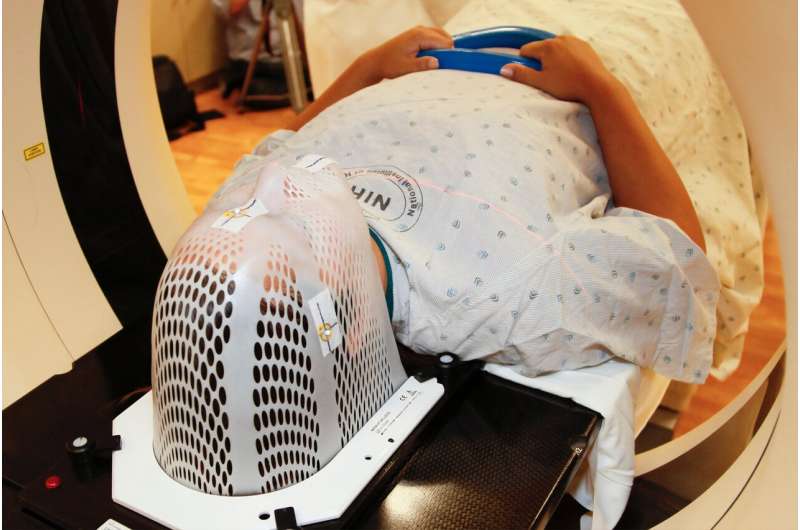
New research in the October 2021 issue of JNCCN—Journal of the National Comprehensive Cancer Network assessed patient satisfaction and preferences for telemedicine, finding 45% of people with cancer preferred telemedicine, while 34% preferred office visits, and 21% had no preference.
The researchers reviewed survey responses from 1,077 radiation oncology patients across NCCN Member Institution Memorial Sloan Kettering Cancer Center (MSK)’s main campus and six regional locations across New York and New Jersey. The questionnaires were based on office and telemedicine visits between December 2019 and June 2020. In terms of patient satisfaction, most reported either no difference or improvement with telemedicine overall (91%) compared to office visits, with similar results for their confidence in their physician (90%), understanding their treatment plans (88%), and confidence their cancer will be treated appropriately (87%).
“These findings provide some evidence that there is a role for telemedicine beyond the COVID-19 pandemic and that it can be a particularly useful tool for certain patients—especially those who may have challenges coming on-site for an appointment,” said co-lead author Narek Shaverdian, MD, MSK Department of Radiation Oncology. “Giving patients flexibility and options by being able to see them both in-person and through telemedicine can improve access to care.”
Notably, the survey results found that two-thirds of respondents considered telemedicine to be a superior option when it came to treatment-related costs, such as travel and lost wages.
“An individual visit to the physician’s office can be costly—including transportation, parking, and time off from other activities,” said co-lead author Erin F. Gillespie, MD, MSK Department of Radiation Oncology. “Telemedicine takes away most of this cost and inconvenience, and could therefore reduce the overall burden of engaging with the healthcare system. Also, the ability for family and friends to join the conversation from any location can be game-changing.”
The researchers found patient responses varied significantly between video conferencing versus audio. Patients who had telephone-only appointments were more likely to say they thought they would benefit more from an in-person visit.
“Telemedicine can be a resource to increase access to care, but only if patients have and can use these video capabilities,” said Dr. Shaverdian. “There is so much that you learn just by seeing a patient and using visual cues to guide a discussion. A voice-only encounter with a patient you’ve never met before is challenging.”
“Digital tools like telemedicine have the unfortunate potential consequence of paradoxically increasing disparities in access to care,” noted Dr. Gillespie. “But the counter to that is there will be some disadvantaged patients that would not have accessed the system at all, either due to technologic barriers or travel time, and now can connect at least by phone, which is an important and positive change.”
“Telehealth has transformed cancer care throughout the United States, with widespread adoption in an incredibly short timeframe in response to the pandemic,” commented Anne Chiang, MD, Ph.D., Associate Professor of Medicine, Yale Cancer Center/Smilow Cancer Hospital, a member of the NCCN Policy Advisory Group who was not involved in this research. “This is such an important study as it collects and analyzes data from more than 1,000 radiation oncology patients to compare telehealth and in-person office visits. From the viewpoint of the patient, there were no significant differences across multiple domains of patient satisfaction between types of visits. In fact, some patients preferred telehealth visits and noted that telemedicine could reduce travel costs and time. The bottom line is that this study supports the use of telehealth as a permanent transformation of the healthcare landscape.”
Source: Read Full Article
